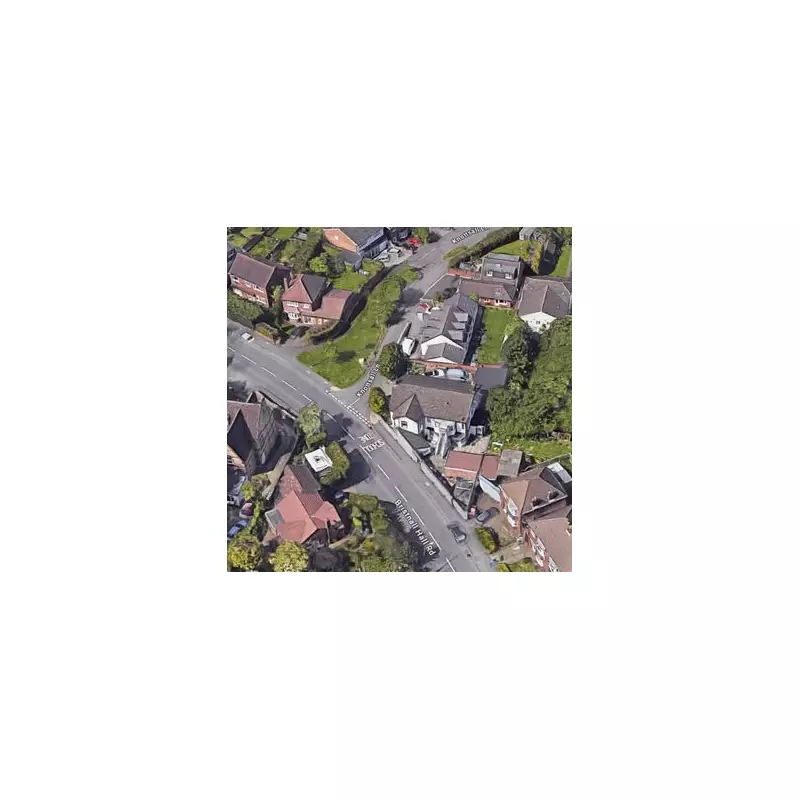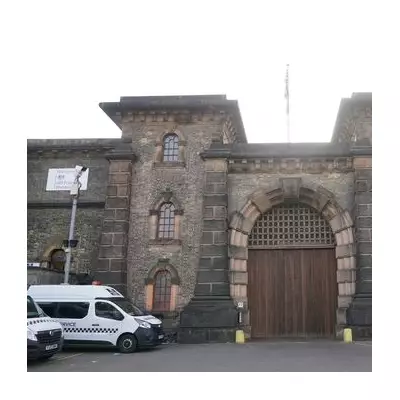
In a decisive move that has sparked both celebration and concern, Sandwell Council has thrown out ambitious plans to construct 160 new homes on precious green belt land in Oldbury. The proposed development, which would have transformed fields near Brades Road into a mix of houses and apartments, faced overwhelming opposition from local residents and environmental campaigners.
Council Stands Firm on Green Belt Protection
During a heated planning committee meeting, councillors unanimously rejected the application from major developer Barratt David Wilson Homes. The decision represents a significant victory for green belt preservation in the West Midlands, with officials citing the "substantial harm" the development would cause to the open countryside character of the area.
Councillors emphasised that the "very special circumstances" required to justify building on protected green belt land simply weren't met by the proposals. This stance reinforces the council's commitment to safeguarding environmental assets despite growing pressure to address housing shortages.
Local Opposition Proves Decisive
The rejection follows vigorous campaigning from Oldbury residents who raised numerous concerns about the development's impact. Key objections included:
- Increased traffic congestion on already strained local roads
- Insufficient school places and healthcare facilities to support new residents
- Loss of valuable green space and wildlife habitats
- Potential flooding risks from covering permeable land
Local councillors echoed these concerns, arguing that infrastructure in the area simply couldn't accommodate the sudden influx of new residents that 160 homes would bring.
Developer's Promises Fail to Convince
Barratt David Wilson Homes had attempted to sweeten the deal by offering 20% affordable housing within the development and committing over £1 million towards local infrastructure improvements. However, these concessions weren't enough to sway planning committee members.
The company also argued that Sandwell Council couldn't demonstrate the required five-year housing land supply, potentially weakening their position against development on non-designated sites. Despite this technical argument, councillors remained steadfast in their protection of the green belt.
Broader Implications for Regional Development
This decision comes at a critical time for housing policy in the West Midlands. With increasing pressure to build more homes conflicting with environmental commitments, local authorities face difficult balancing acts.
The Oldbury case sets an important precedent for how Sandwell Council will approach future applications on protected land. It signals that environmental preservation may trump housing targets when it comes to the region's cherished green spaces.
As the debate continues, all eyes will be on whether the developers choose to appeal the decision, potentially taking the battle to the national Planning Inspectorate.





